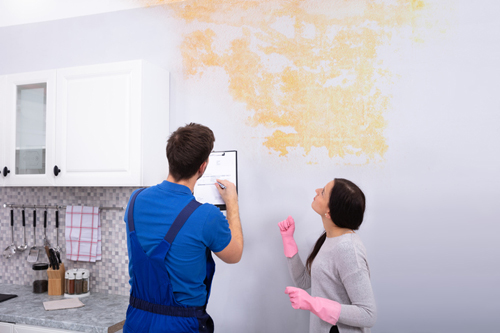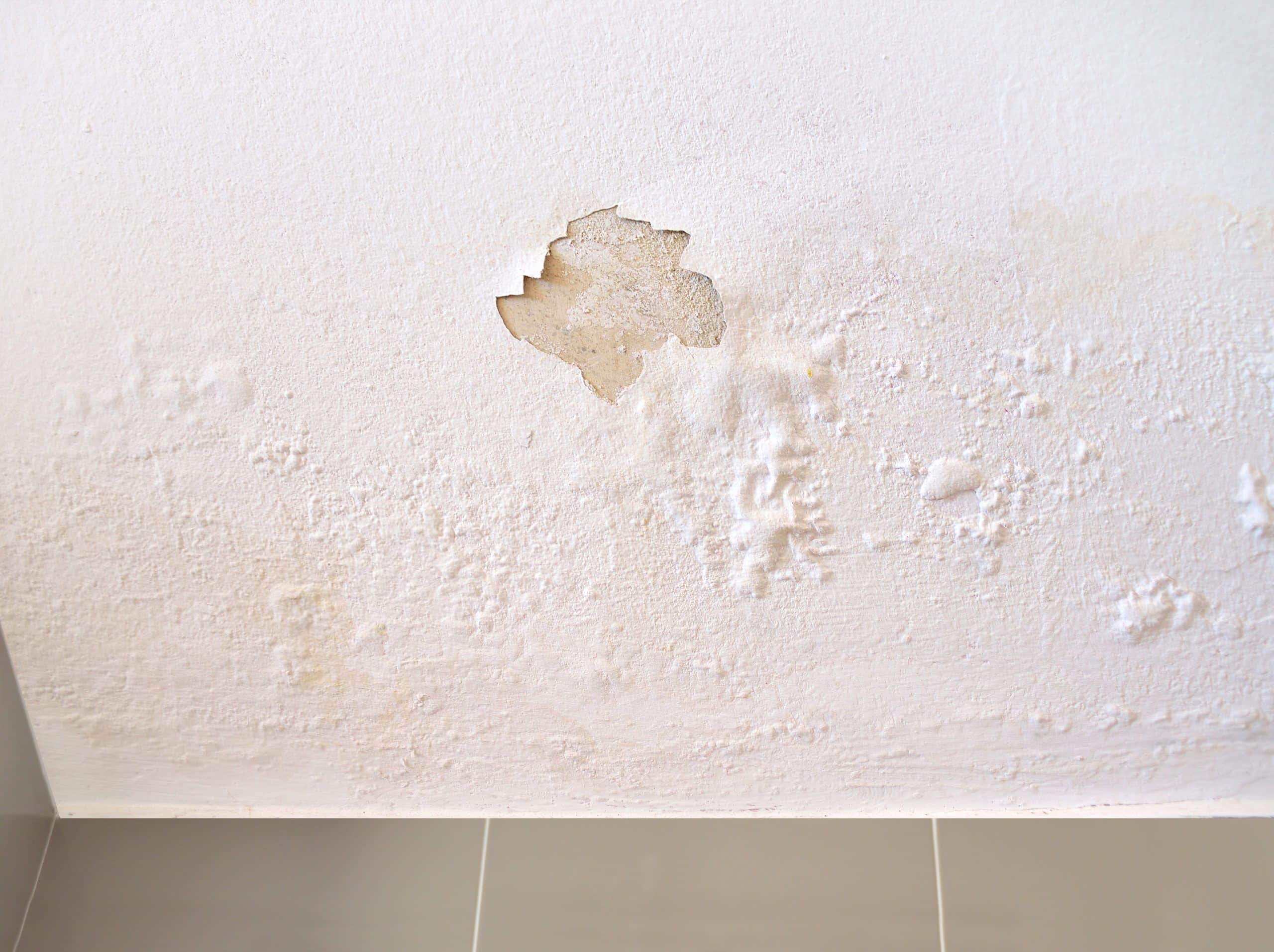Just about every person will have their private idea on the subject of Water Stains on Walls.

Water spots on walls are not pleasant to the eyes. Occasionally it appears practically unavoidable to experience water stains on wall surfaces in houses.
Property owners living in damp regions constantly manage the concern of water spots on walls. That does not have to be the situation for you. With well-rounded and also precise information on the causes of water discolorations as well as prompt repair service processes, you will certainly constantly be a step ahead of such incidents. So, this article guarantees to be an useful overview for you.
3 Usual Causes of Water Spots on Wall Surfaces
Contrary to common belief, water spots on wall surfaces do not always stem from bad structure materials. There are a number of sources of water stains on walls. These consist of:
Poor Water drainage
This will certainly protect against water from permeating into the walls. This links to extreme dampness that you see on the wall surfaces of your building.
So, the leading reason for wet walls, in this situation, can be an inadequate water drainage system. It can also be due to poor management of sewer pipelines that go through the structure.
Moist
When hot moist air meets with dry cool air, it creates water beads to base on the walls of buildings. This occurs in kitchens and bathrooms when there is heavy steam from cooking or showers. The water beads can tarnish the surrounding walls in these parts of your home and infect various other areas.
Damp or condensation influences the roofing as well as walls of structures. This triggers them to appear darker than other locations of the house. When the wall is wet, it develops an appropriate atmosphere for the growth of fungis as well as microbes. These might have negative impacts on health, such as allergic reactions as well as respiratory problems.
Pipe Leaks
Most houses have a network of water pipes within the wall surfaces. This guarantees that the pipelines are well away from the reach of devastating rodents. It constantly enhances the stability of such pipes, as there is little oxygen within the walls. This discourages corrosion.
Yet, a disadvantage to this is that water leakage impacts the walls of the building and also triggers prevalent damage. An indication of damaged pipes is the look of a water tarnish on the wall.
Water Stains on Wall Surface: Fixing Tips
Homeowners would normally desire a quick fix when managing water stains. Yet, they would certainly soon recognize this is disadvantageous as the water stains persist. So, right here are a couple of helpful suggestions that will assist you in the fixing of water stains on walls:
Pro Tip
A houseplant in your home likewise boosts its moisture. So, if your house is currently humid, you may want to introduce houseplants with minimal transpiration. An example of suitable houseplants is succulents.
Conclusion
Although nobody wishes to have water spots on walls in their house, it can take place to the most effective people. This short article gives you leverage, as you now know how to handle this accident if it does happen.
It is always best to recruit expert services to aid fix the problems in your house.
Occasionally it appears virtually unpreventable to experience water discolorations on wall surfaces in residences.
In contrast to prominent idea, water spots on walls do not always stem from bad building products. There are numerous reasons of water discolorations on wall surfaces. The water beads can discolor the surrounding walls in these parts of your residence and also spread to various other locations.
Right here are a few useful tips that will certainly lead you in the repair work of water stains on walls:
How to Remove Water Stains From Your Walls Without Repainting
The easy way to get water stains off walls
Water stains aren’t going to appear on tile; they need a more absorbent surface, which is why they show up on bare walls. Since your walls are probably painted, this presents a problem: How can you wash a wall without damaging it and risk needing to repait the entire room?
According to Igloo Surfaces, you should start gently and only increase the intensity of your cleaning methods if basic remedies don’t get the job done. Start with a simple solution of dish soap and warm water, at a ratio of about one to two. Use a cloth dipped in the mixture to apply the soapy water to your stain. Gently rub it in from the top down, then rinse with plain water and dry thoroughly with a hair dryer on a cool setting.
If that doesn’t work, fill a spray bottle with a mixture of vinegar, lemon juice, and baking soda. Shake it up and spray it on the stain. Leave it for about an hour, then use a damp cloth to rub it away. You may have to repeat this process a few times to get the stain all the way out, so do this when you have time for multiple hour-long soaking intervals.
How to get water stains out of wood
Maybe you have wood paneling or cabinets that are looking grody from water stains too, whether in your kitchen or bathroom. Per Better Homes and Gardens, you have a few options for removing water marks on your wooden surfaces.
You can let mayonnaise sit on your stain overnight, then wipe it away in the morning and polish your wood afterward. You can also mix equal parts vinegar and olive oil and apply to the stain with a cloth, wiping in the direction of the grain until the stain disappears. Afterward, wipe the surface down with a clean, dry cloth. Try placing an iron on a low heat setting over a cloth on top of the stain. Press it down for a few seconds and remove it to see if the stain is letting up, then try again until you’re satisfied. (Be advised that this works best for still-damp stains.) https://lifehacker.com/how-to-remove-water-stains-from-your-walls-without-repa-1849742925

Hopefully you enjoyed reading our topic on . Many thanks for taking a few minutes to browse our piece. For those who enjoyed our article kindly make sure you remember to share it. Thanks a bunch for your time. Please come visit our blog back soon.
Schedule And Pricing